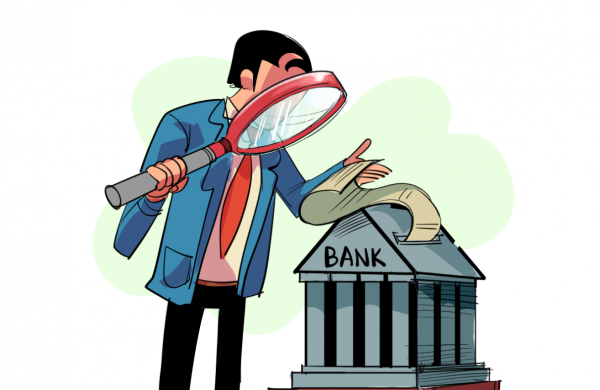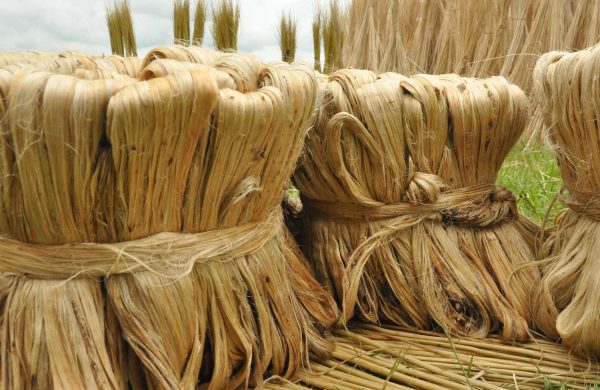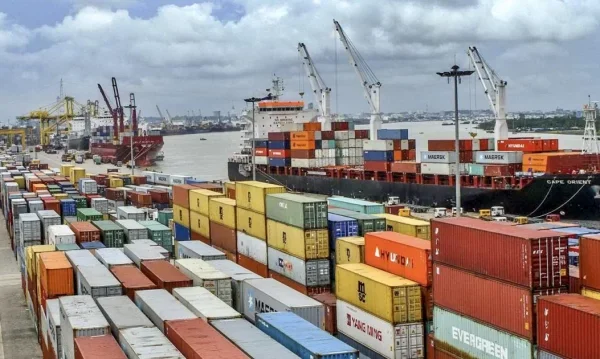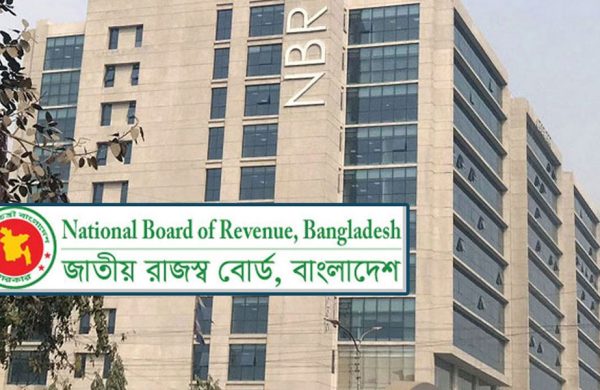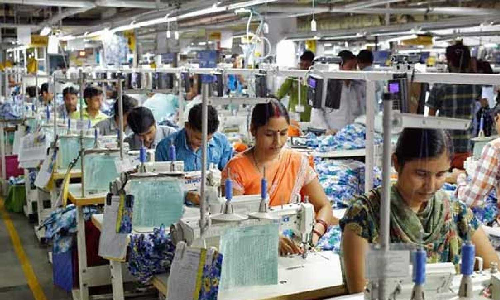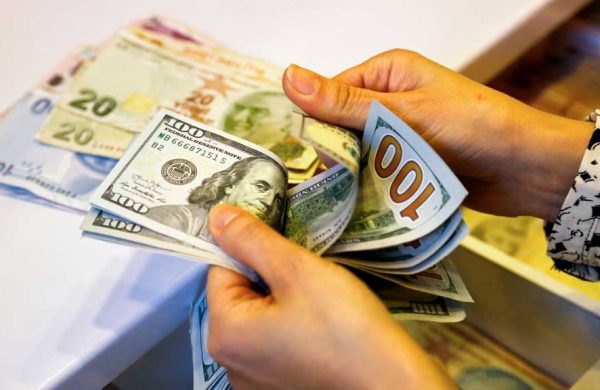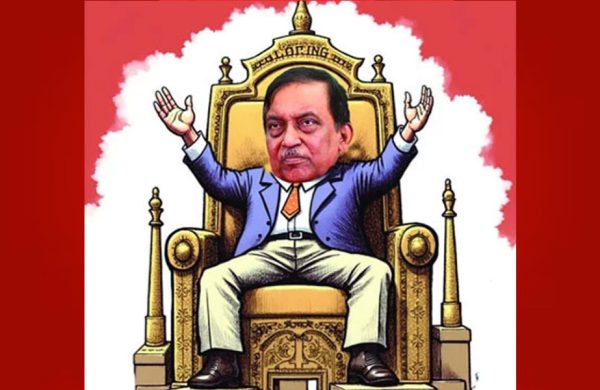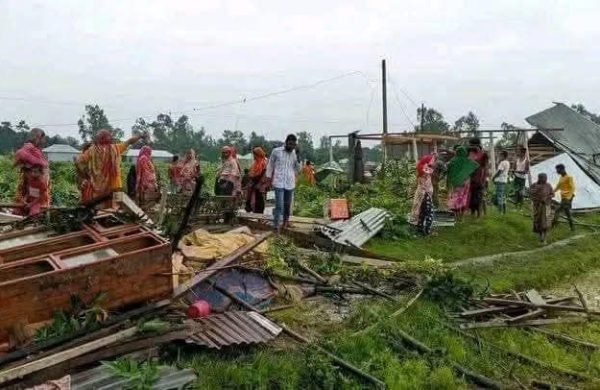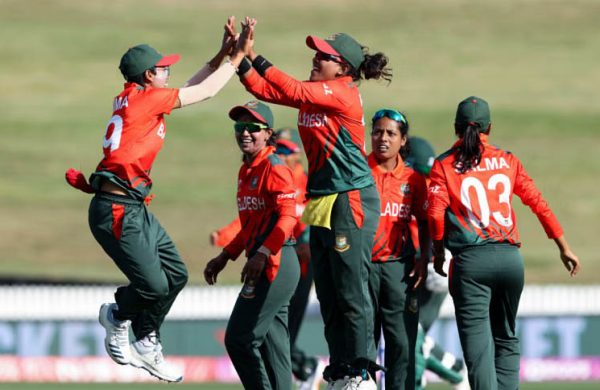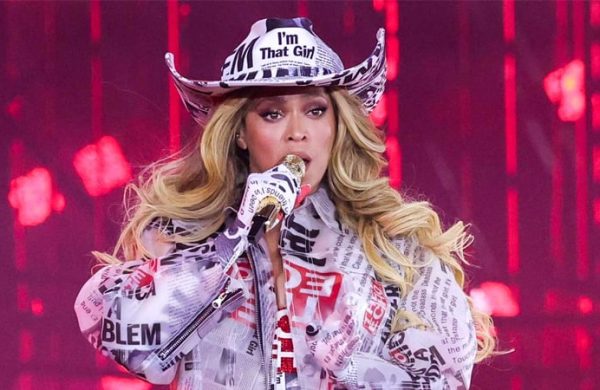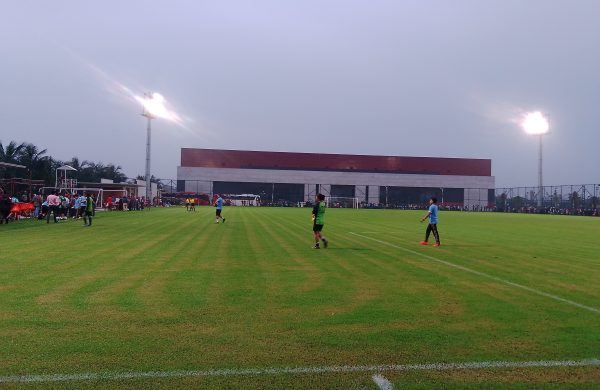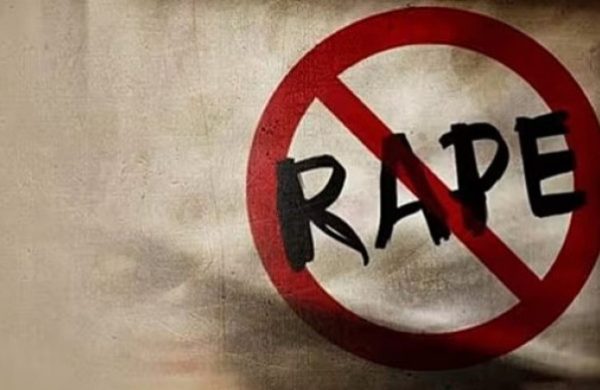Govt to announce a budget of Tk 6,00000 cr for FY 2021-22
- Update Time : Monday, April 12, 2021
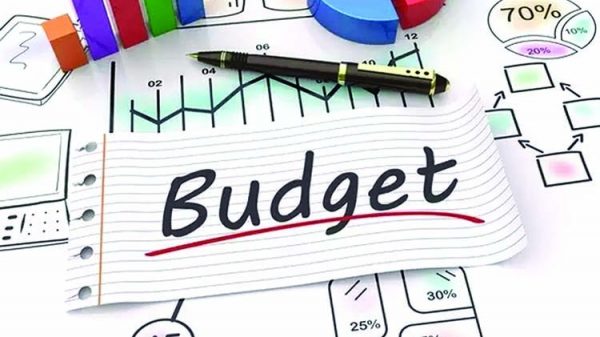
Country’s budget size increased 722 times in 50 years
Staff Correspondent:
Despite the massive outbreak of coronavirus, this year the government is going to announce a big sum of budget amounting at Tk 6,00000 crore for the Fiscal Year (FY) 2021-22 in the upcoming budget session of the parliament, while it was only Tk 786 crore in 1972.
Meanwhile, the national budget size has been increased more than 722 times in the 50 years of independence, but, the size of economy in the war-torn Bangladesh born in 1972 was only Tk 4,985 crore.
In less than of 50 years, Bangladesh has now qualified to developing countries from the list of least developed countries. The size of the economy of Bangladesh, which was plagued with poverty, is now Tk 11,30,600 crore.
In the budget of 1972, the per capita allocation was only Tk 112. Now it has increased to Tk 20,000. In the first three years after independence until 1975, the GDP growth was 2.75 percent.
According to the Ministry of Finance, the average growth rate in the last one decade was 6.6 percent.
According to the source, the foreign currency reserves have now exceeded 42 billion US dollars from Zero quota. The per capita income of the people of Bangladesh who earned 129 US dollars has now reached to $2064 dollars.
Just Flanders and JR Parkinson, two of the world’s leading economists, told about Bangladesh that, if Bangladesh could ever improve, no country in the world would be left out. That Bangladesh is now self-sufficient in food. It also involved with exporting. Many countries are lagging behind in the production of paddy, wheat and maize. The contribution of agriculture sector to the total GDP is 13.60 percent. This information was revealed by the Ministry of Agriculture, Food and Commerce.
According to Finance Ministry sources, Tajuddin Ahmed, the then Finance Minister of Bangabandhu Sheikh Mujibur Rahman’s government, announced a budget of Tk 786 crore in 1972, while standing on the rubble. That Bangladesh is now preparing to announce a budget of around Tk 6 lakh crore in less than 50 years. If all goes well, the incumbent Prime Minister Sheikh Hasina’s government will present a budget of Tk 5,96,000 crore for the Fiscal Year (FY) 2021-22 in the National Assembly next June.
There have been innumerable industries to meet the domestic demand. Employment facilities have increased. The construction of a huge infrastructure like the Padma Bridge is nearing completion due to the economy that has been built up slowly. Besides, the government is also implementing expensive projects like nuclear power plant, Bangabandhu satellite in outer space, construction of tunnel under Karnaphuli, deep seaport.
Political analysts believe that, the economy will thrive, if there is political stability. It is known that, Bangladesh will be one of the 25 largest economic countries in the world by 2032. Now the position is 41st.
In 2033, Bangladesh will surpass countries like Malaysia, Sweden, Switzerland, Singapore, Vietnam and South Africa in terms of economy. GDP growth will average 7 percent over the next 15 years. A report published by the Center for Economics and Business Research (CEBR), a UK-based research institute, published on 26 December in 2019, mentions such a possibility.
The economic analysis found that, the average inflation rate was 47 percent due to a shortage of goods and a lack of purchasing power in the three years since independence. Now it has come down to 6.5 percent. From FY 1972-73 to FY 1989-80, per capita national savings was 2 percent of GDP. Now it has risen to 31 percent.
The production of food grains (paddy and wheat) in Bangladesh started in 1972 with almost zero hands was only one crore tons. Although agricultural land has declined at an alarming rate in five decades, crop production has quadrupled. About 5 crore tons of paddy is produced annually.
According to the UN report titled ‘The State of Fish and Aquaculture-2018’, Bangladesh is now the third largest producer of fish and vegetables from natural sources in the world.
According to the information provided by the Ministry of Fisheries and Livestock, milk production in Bangladesh in 2019-20 stood at 10.68 million tons. Meat production was 7.67 tons. Fish production was 44.88 lakh tons. Of this, the production of Hilsa was 5.33 lakh tons.
The Finance Ministry sources said, Tk 101 crore was allocated to the agriculture sector in the bedget of FY 1982-83. That was the highest allocation for the sector wise. The purpose of this allocation was to bring 15 lakh acres to 36 lakh acres of land under high productive food production in the FY 1982-83. Some 4.25 lakh pumps were installed, while 2,400 deep tube-wells and 4,000 shallow tube-wells were set up for the irrigation. The price of per maund of fertilizer was fixed at only Tk 20, which was half of the purchase price.
Father of the Nation Bangabandhu Sheikh Mujibur Rahman laid the foundation of the present success in the agricultural sector.
Domestic production had been started to increase since 1973. This growth is even more promising in the budget of FY 1974-75. Agricultural production was increased despite large-scale floods. From April 1975, the situation began to improve. The price of rice came to Tk 5.5 Tk from Tk 6 per kg. Potato price came down to Tk 1.5 from Tk 2. The production of cloth, fertilizer and paper also increased remarkably. After the assassination of Bangabandhu and his family on August 15 in 1975, it came to a complete halt.
According to the Bangladesh Bureau of Statistics (BBS), Bangladesh’s economic development has been able to sustain the trend of achieving high economic growth in recent years, while maintaining sustainable macroeconomic stability. Although, the current trend has been somewhat hampered by the outbreak of Covid-19 in 2020, the average GDP growth rate in Bangladesh over the past decade has been 6.6 percent.
According to the government’s annual report for the fiscal year 2019-20 on the basis of BBS survey, the GDP growth rate of Bangladesh’s GDP in the FY 2008-09 was 5.74 percent. On the other hand, the rate was 6.7 percent in FY 2009-10, while the rate was 6.46 percent in FY 2010-11, 6.52 percent in FY 2011-12, 6.01 percent in FY 2012-13, 6.06 percent in FY 2013-14, 6.55 percent in FY 2014-15, 7.11 percent in FY 2015-16, 7.28 percent in FY 2016-17, 7.86 percent in FY 2017-18 and 8.15 percent in FY 2018-19. Due to outbreak of Covid-19, Bangladesh’s GDP growth is expected to be 5.24 percent in FY 2019-20.
According to a survey conducted by the Ministry of Finance of the Government of Bangladesh, the GDP growth rate in the first three years after independence up to 1975 was 2.75 percent. Now it (excluding coronary period) has risen to more than 8 percent. At that time the poverty rate was 88 percent of the total population. That means, the lion share of 7.5 crore people were poor. Now the poverty rate is below 21 percent. The number of extreme poverty has also decreased.
Finance Minister AHM Mustafa Kamal said, “The country’s economy is in the right place. The country’s foreign currency reserves will exceed 50 billion US dollars before 2025,. Bangladesh leads in all indicators of the economy. Now we are moving towards writing the name in the list of developed countries.”


